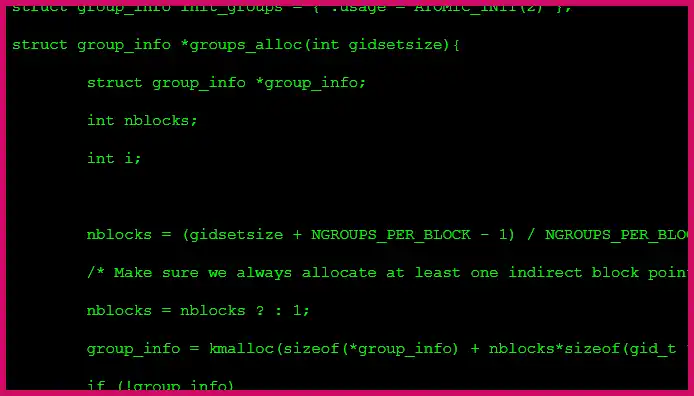To truly milk maximum power from MongoDB, you need to go beyond basic queries and understand its administrative features. This admin’s guide covers the essential concepts of query analysis, indexing, replication, and sharding, which are key to building a high-performance, resilient, and scalable database system.
Table of Contents
💻 Analyzing and Indexing Queries
If a query is running slowly, you can analyze its performance using the .explain("executionStats") method. This will show you the query plan. If the plan involves a `COLLSCAN` (collection scan), it means MongoDB had to look at every single document, which is inefficient. To speed this up, you need to create an index.
- Create an Index: This command creates an index on the `x` field, allowing MongoDB to find documents by `x` much faster.
db.myData.createIndex({ "x": 1 }) - Check Indexes: You can see all indexes for a collection with:
db.myData.getIndexes()
After creating the index, running `explain()` again will show the query plan now uses `IXSCAN` (index scan), which is significantly faster as it only examines the necessary documents.
💻 High Availability with Replica Sets
Replication is the process of keeping identical copies of your data on multiple servers. A group of servers that maintain the same data set is called a replica set. This provides redundancy and high availability. If one server (the ‘primary’) fails, the other servers (the ‘secondaries’) can automatically elect a new primary, allowing your application to continue running without interruption. A typical replica set has three nodes: one primary and two secondaries.
💻 Scalability with Sharding
While replica sets handle availability, sharding handles scalability. Sharding is the process of distributing data across multiple machines. MongoDB distributes data at the collection level. You choose a ‘shard key’ (an indexed field), and MongoDB divides the data into chunks based on this key, distributing the chunks evenly across the various shards (servers). This allows your database to scale horizontally, handling massive amounts of data and high throughput by adding more servers to the cluster.
More Topics
- Redis Guide: The High-Speed In-Memory Data Store
- Riak NoSQL Guide: What’s the Big Deal?
- MongoDB Guide: Build a Blog with Python and Bottle
- MongoDB Guide: Using Native Drivers with Python and Ruby
- MariaDB Guide: The Open Source MySQL Alternative
- SQLite3 Guide: Getting Started with Python
- A Beginner’s Guide to Go: Explore Functions

